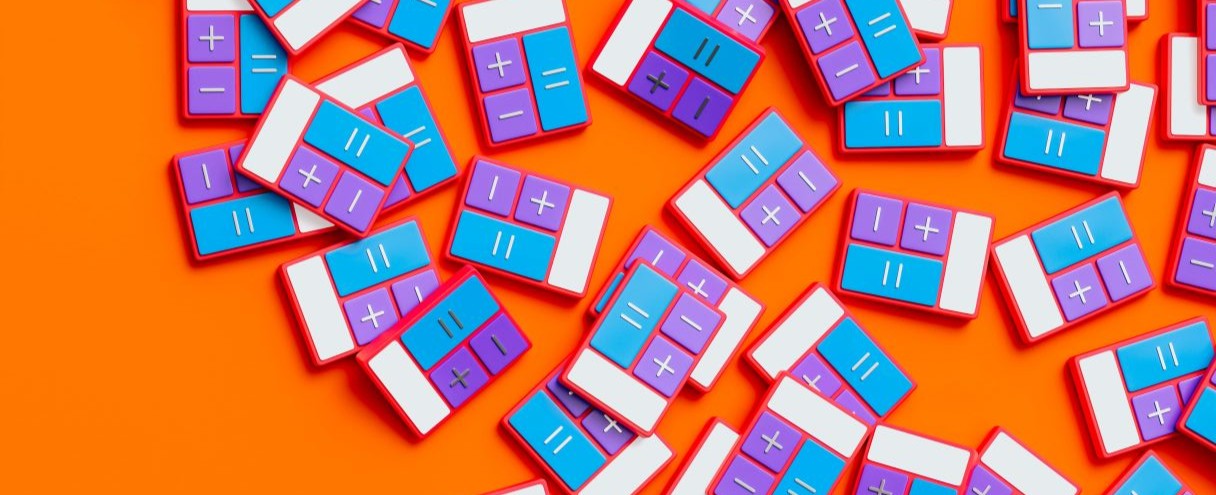Quick response (QR) codes haven’t always been popular in the U.S. since a Japanese engineer invented them in 1994 to streamline tracking of car parts.
By 2025, QR codes have shifted from a pandemic workaround into a standard part of restaurant operations. With smartphones now universally equipped to scan them, QR code ordering has become a cornerstone of the digital dining experience – powering everything from contactless restaurant menus to loyalty programs and even touchless payment.
According to Bitly, QR code downloads have increased about 750% since early 2020. Who knew COVID-19 would trigger a wide-scale adoption of these multidimensional digital codes in U.S. restaurants?
For operators, restaurant QR codes are less about recovery and more about long-term digital transformation: supporting faster table turnover, reducing printing costs, and giving diners a seamless mobile-first journey.
- Scan a restaurant QR code at your table, receipt, or wall poster.
- Browse dynamic digital menus for restaurants, complete with high-res photos, allergen filters, and upsell prompts.
- Order & Customize through a contactless ordering system that connects directly to the kitchen.
- Pay using touchless payment (Apple Pay, Google Pay, or saved cards) without waiting for a terminal.
- Enjoy the streamlined digital dining experience, where both wait times and errors are reduced.
Using QR Codes for Contactless Menus in Your Restaurant
The process entails creating and printing a QR code with a link to your digital menu:
- Launch your preferred QR code generator application or website;
- Select the link to your live digital menu platform (integrated with your POS for real-time digital menu updates);
- Customize your design;
- Generate a QR code;
- Download and place the code into your promotional material, such as flyer or poster;
- Print the document.
You can use QR codes to boost traffic to other parts of your restaurant website, such as:
- Landing pages;
- Daily specials page;
- Loyalty programs and personalized offers.
To maximize your reach with QR codes, post the print outs in as many strategic places as possible, including:
- Curbside;
- Your restaurant’s doorways, walls, parking area, windows, and, on tables.
- In-app receipts, social media profiles, or email campaigns.
Publish the codes on multiple digital platforms, including:
- Marketing emails;
- Social media pages;
- Promotional blogs.
Leveraging QR codes in this way lets your customers enjoy contactless ordering experiences on-premise or from the comfort of their office or home.
As a restaurant owner, you can use QR codes to boost customer experiences and drive growth. The marketing technology offers a host of perks, including:
1. Contactless safety
Contactless ordering and touchless payment now mean faster, safer, and more convenient service – not just hygiene, but efficiency.
2. Easy, instant menu modifications
- You can edit your contactless menus countless times without reprinting or redistributing the QR codes;
- You can quickly update prices and dishes on your menus, avoiding customer disappointment.
3. Cost savings
- Unlike their physical alternatives, digital menus are damage-proof (no risk of tearing or fluid spillage);
- Contactless menus save on printing costs as you only need to generate one digital version for all customers.
4. More insights, better customer relationships
By tracking customer interactions with your digital menus, you can learn more about their preferences and pain points. This data can be incorporated into your CRM or restaurant software to build in-depth customer insights.
Leverage such analytics to improve customer service and develop better customer relationships.
5. Better user experiences
Integrating contactless menus with your restaurant POS system lets guests order and pay from their smartphones. It elevates both the remote and on-premise user experience.
AI-powered personalization and upselling now enhance this digital dining experience further.
6. Attractive, high-quality menus
Digital menus aren’t space-restricted. You can use these to cheaply provide as much detail as possible about your meals.
Incorporating high-resolution images without worrying over printing costs is another plus for contactless engagement. With these attractive and detailed restaurant menus, your customers can quickly make informed choices on the mouth-watering delicacies offered.
7. Waiter efficiency
Contactless menu options let you maximize staff efficiency and productivity because:
- Guests don’t need to engage waiters to order;
- Employees don’t need to sanitize or replace menus between table turnovers.
QR codes aren’t just sticking around, they’re evolving as part of a bigger restaurant digital transformation. Here’s what’s already starting to shape the next wave:
- Augmented Reality Menus
Scan a code and see your dish in 3D, rotate it, swap ingredients, or visualize portion sizes before you order. Early adopters are using AR to boost upsells and reduce food waste. - AI-Powered Personalization
The future of qr code contactless ordering isn’t just faster, it’s smarter. Based on your past visits, time of day, or even weather, your digital menu could surface “What you’ll probably want today” in just two taps. - Stronger Security
QR codes are simple to print, which makes them easy to spoof. New hospitality industry innovation includes encrypted links, branded QR designs, and POS-validated URLs that protect both restaurants and diners. - Deeper System Integrations
Expect tighter links between digital menus, delivery platforms, loyalty programs, and even kitchen robotics. The goal: a completely unified digital dining experience where guests can order anywhere and the restaurant can manage everything in one dashboard. - Hybrid Guest Journeys
Not all guests love 100% contactless. Forward-looking operators are offering both – sleek contactless ordering systems for speed, plus human-driven service for those who want it. The winners will be restaurants that let guests decide their own level of tech interaction.
In 2025, QR code menus are no longer just about safety. They’re part of broader restaurant technology trends driving digital transformation in the hospitality industry: touchless ordering for restaurants, smarter integrations with POS and loyalty, and hospitality industry innovation that redefines how we think about the dining room itself.




